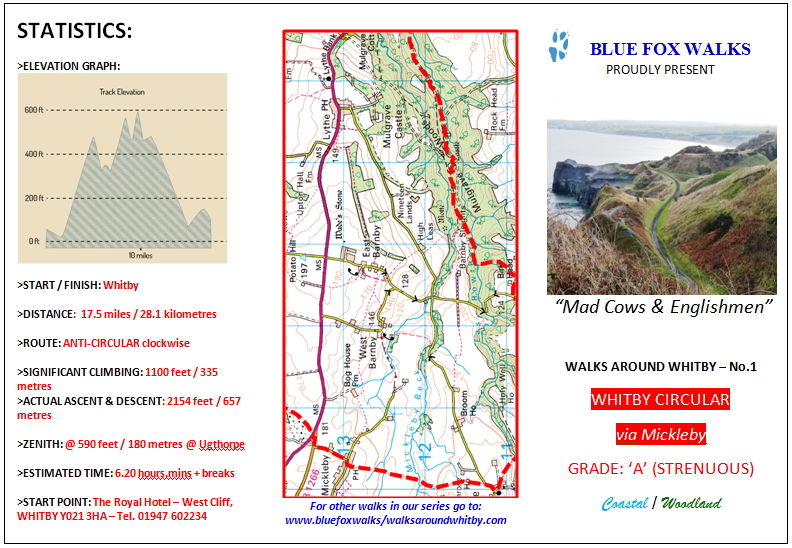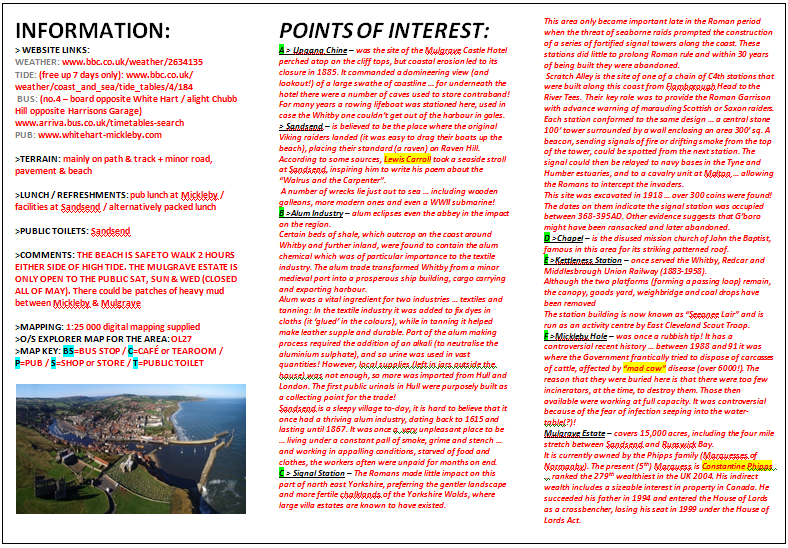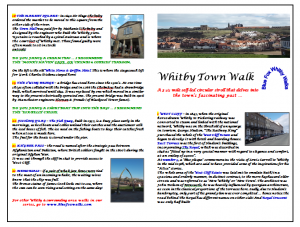Walks Around Whitby
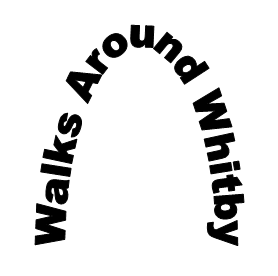 I have felt for some time now that there is a lack of up-to-date walks that are based in and around Whitby. Therefore, it has been a labour of love to compile a wide range that should suit ALL needs. They all radiate from Whitby, some are entirely on foot and others utilise the excellent local public transport network to get to the start/finish points.
I have felt for some time now that there is a lack of up-to-date walks that are based in and around Whitby. Therefore, it has been a labour of love to compile a wide range that should suit ALL needs. They all radiate from Whitby, some are entirely on foot and others utilise the excellent local public transport network to get to the start/finish points.
It would be nice to think that some money for charity could be raised from all of this one day … and only one really came to mind (and in the hearts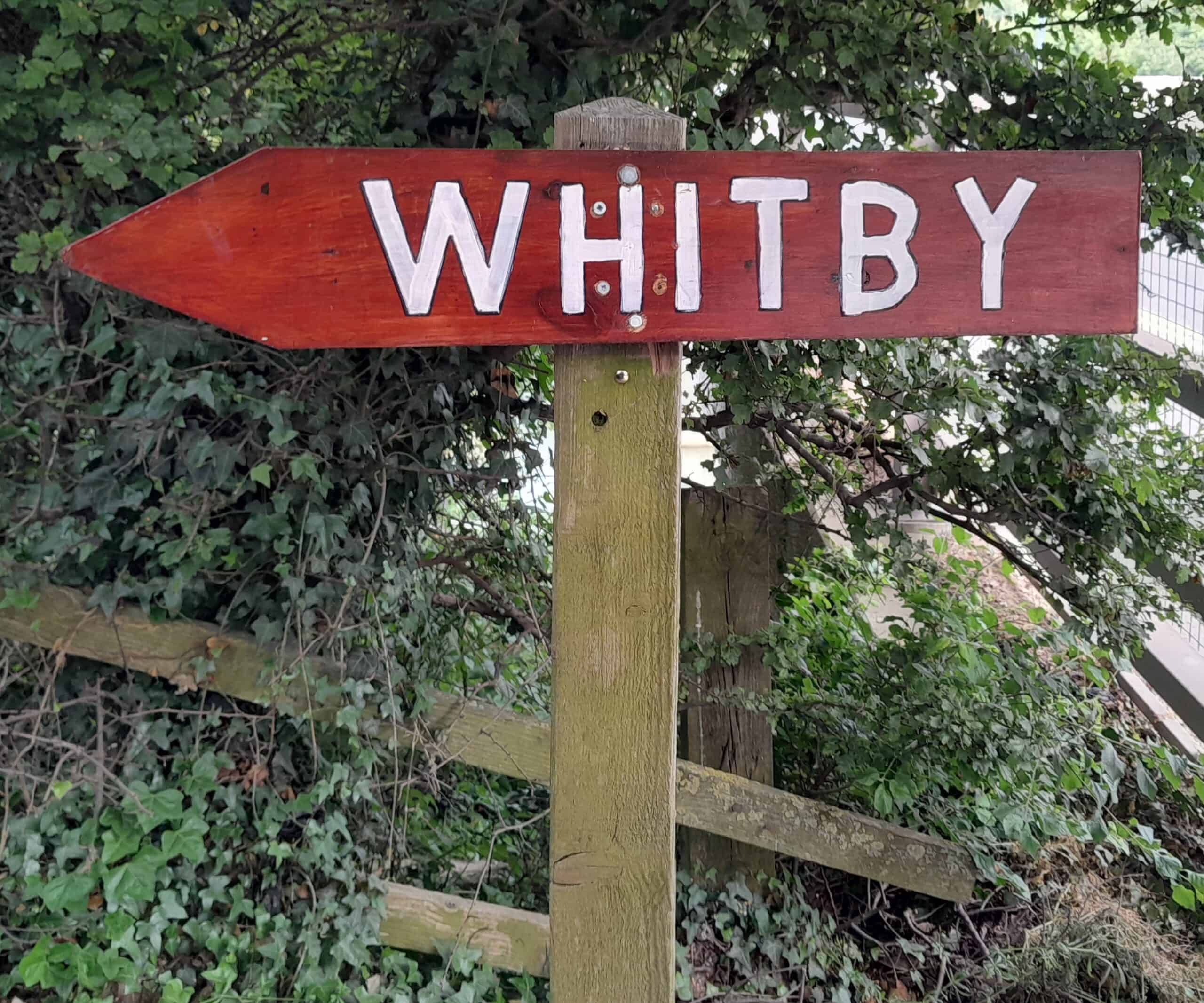 of many Whitby folk) … the RNLI. However, I have no stomach for crossing the commercial and copyright minefield that would ensue (a massive thanks to Tony D for offering to help me with this anyway!) ... when all I want to do is produce high-quality walks!
of many Whitby folk) … the RNLI. However, I have no stomach for crossing the commercial and copyright minefield that would ensue (a massive thanks to Tony D for offering to help me with this anyway!) ... when all I want to do is produce high-quality walks!
For each walk, a leaflet has been produced (with colossal help from Wojciech!) containing relevant information/statistics/points of interest. All are accompanied by the route on the latest (1:25,000) digital mapping.
Compiling the points of interest seemed to take me an eternity to produce … 99% of research is discarded and only the relevant is extracted! I have the urge to tell every single minute detail about the area (it’s like trying to condense ‘War & Peace’ onto 1/2 page of foolscap!). The limited space I have does however discipline me to only deliver bite-sized pieces (manageable to read and digest during the walk). I do tend to dwell on one particular topic, pertinent to the route, for each walk. This has allowed me to build up a comprehensive insight, over the full series of leaflets, into this fascinating part of the world … I love the final result!
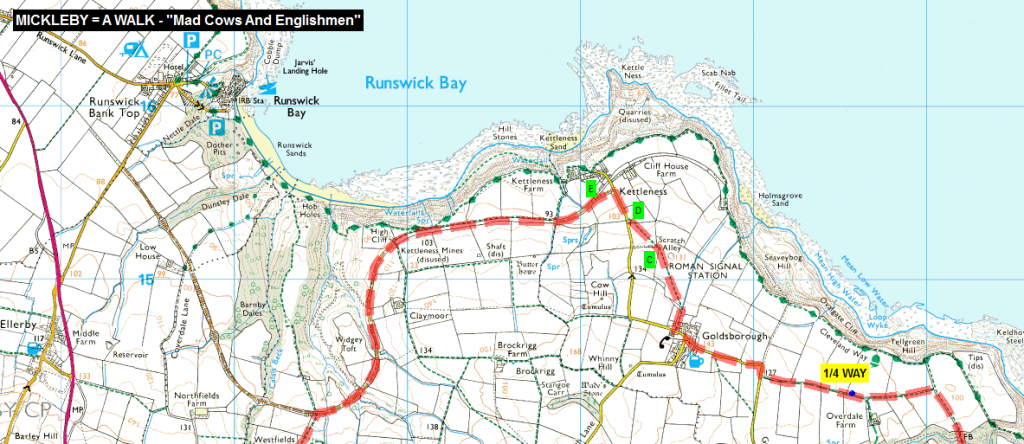
PT = requires public transport / Car = suitable for self-driving to start & finish point
The lower the number, for EACH grade, the nearer to Whitby

STRENUOUS (A-GRADE):
15 to 18 miles / under 3200 feet of ascent
–
 1 – Whitby Circular via Mickleby (coastal/woodland) … ” Mad Cows & Englishmen”
1 – Whitby Circular via Mickleby (coastal/woodland) … ” Mad Cows & Englishmen”
–
–
–
- 4 – Hole of Horcum Circular via Lockton (moorland/valley) … “From Russia With Love” PT / Car
–
–
- 6 – Castleton to Glaisdale via Botton (moorland/valley) … ” ” PT
- 7 Scalby via Wakenham Forest
- 8 Pickering
- 9
~
MODERATE (B-GRADE):
11 to 14 miles / under 2200 feet of ascent
–
–
–
- 13 – Flask Inn to Whitby via Robin Hood’s Bay (coastal) … “” PT
–
- 14 – Staithes to Whitby via Runswick Bay (coastal) … ” ” PT
–
–
- 16 – Gerrick to Staithes via Loftus (woodland/coastal) … “” PT
–
- 17 – Levisham Circular via Keldy (moorland/valley) … ” ” PT
–
- 18 – Newby Circular via Forge Valley (valley/woodland) … “Where Did All The Water Go?” PT
- 19 Helmsley
~
EASY (C-GRADE):
7 to 10 miles / under 1200 feet of ascent
–
–
 22 – Grosmont Circular via Goathland (valley/woodland) … “In God’s Own Country” PT
22 – Grosmont Circular via Goathland (valley/woodland) … “In God’s Own Country” PT
–
 23 – Flask Inn to Hawsker via Robin Hoods Bay (coastal/woodland) … “Beware Of The Bang Of A Drum” PT
23 – Flask Inn to Hawsker via Robin Hoods Bay (coastal/woodland) … “Beware Of The Bang Of A Drum” PT
–
–
–
- 26 –
–
 27 – Scarborough via Weaponess (coastal/valley) … “I Promised You A Rose Garden” PT
27 – Scarborough via Weaponess (coastal/valley) … “I Promised You A Rose Garden” PT
–
can be used with walk D38
–
can be used with walk B19
~
VERY EASY (D-GRADE):
6 to 7 miles / under 900 feet of ascent
–
–
–
 33 – Mickleby to Whitby via Sandsend (valley/woodland) … “If You Dare Go Down In The Woods To-day …” PT
33 – Mickleby to Whitby via Sandsend (valley/woodland) … “If You Dare Go Down In The Woods To-day …” PT
–
–
–
- 36 – Runswick Bay to Hinderwell via Hutton Mulgrave (coastal/woodland) … “” PT
–
–
–
can be used with walk C37
~
DISABLED-FRIENDLY:
~
 HISTORICAL TOWN WALK:
HISTORICAL TOWN WALK:
–
This is a walk around the town, starting and finishing at the ‘whalebones’. It is a self-guided and easy-to-follow walk, with a heavy dosage of points of interest. It explores many hidden corners, off the usual beaten tracks … expect the unexpected!
CLEVELAND WAY:
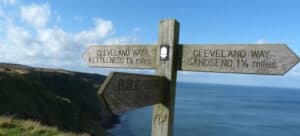 –
–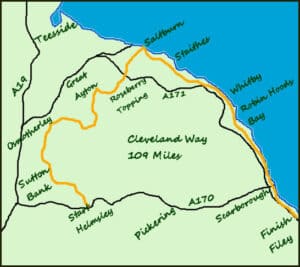
This is my take on this classic long-distance path.
It is broken down into daily sections (of around 18 miles) and is crammed packed with up-to-date information, mapping and points of interest.

~
HISTORY WALKS
- Grinkle Mine to Port Mulgrave Tramway (5.8 miles)
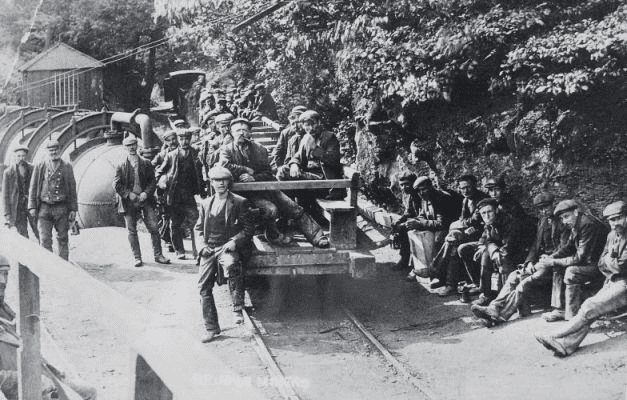
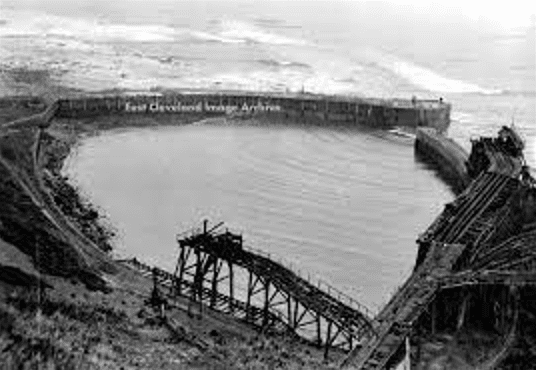
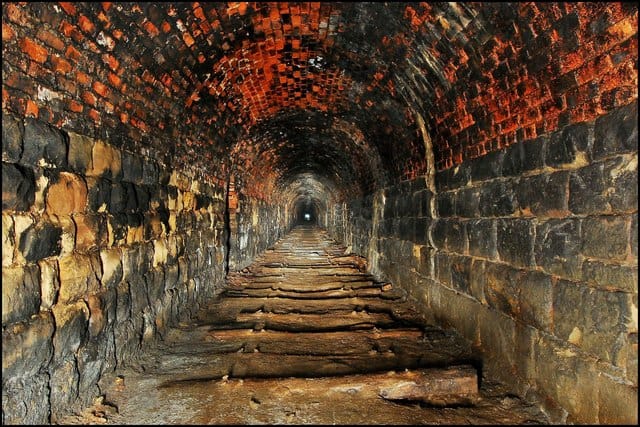
Grinkle Mine was an ironstone mine working the main Cleveland Seam. Initially, the ironstone was mined specifically for the furnaces at the Palmer Shipbuilders in Jarrow but later became independent of Palmers.
To enable the output from the site to be exported, a three-mile narrow-gauge tramway was constructed … it ran across three viaducts and through two tunnels to a harbour at Port Mulgrave, where ships would transport the ore to Tyneside.
During WWI, the threat of wartime action on the harbour led to a connection being built from Grinkle direct to the main Whitby to Loftus railway line just to the north of the mine head. Whilst this allowed for the closure of the port to shipping in 1917 (it was blown up!), the tramway stayed open to transport miners from Port Mulgrave to the mine site.
It first ceased production in 1921, with sporadic years of mining taking place. However, the mine was closed for good in 1930 and part of the site is now underneath the surface working of the more modern Boulby Potash Mine complex, though some buildings remain at ground level.
 Our Walk … traces the course of the old tramway (over the tunnel sections). It starts in earnest deep inside Easington Woods and in the shadow of the giant Boulby Mine. Onto Ridge Lane, before dropping down into Roxby Woods and Dalehouse. Skirting Seaton Hall, the route heads for the clifftops before steeply descending down onto the beach at Port Mulgrave.
Our Walk … traces the course of the old tramway (over the tunnel sections). It starts in earnest deep inside Easington Woods and in the shadow of the giant Boulby Mine. Onto Ridge Lane, before dropping down into Roxby Woods and Dalehouse. Skirting Seaton Hall, the route heads for the clifftops before steeply descending down onto the beach at Port Mulgrave.
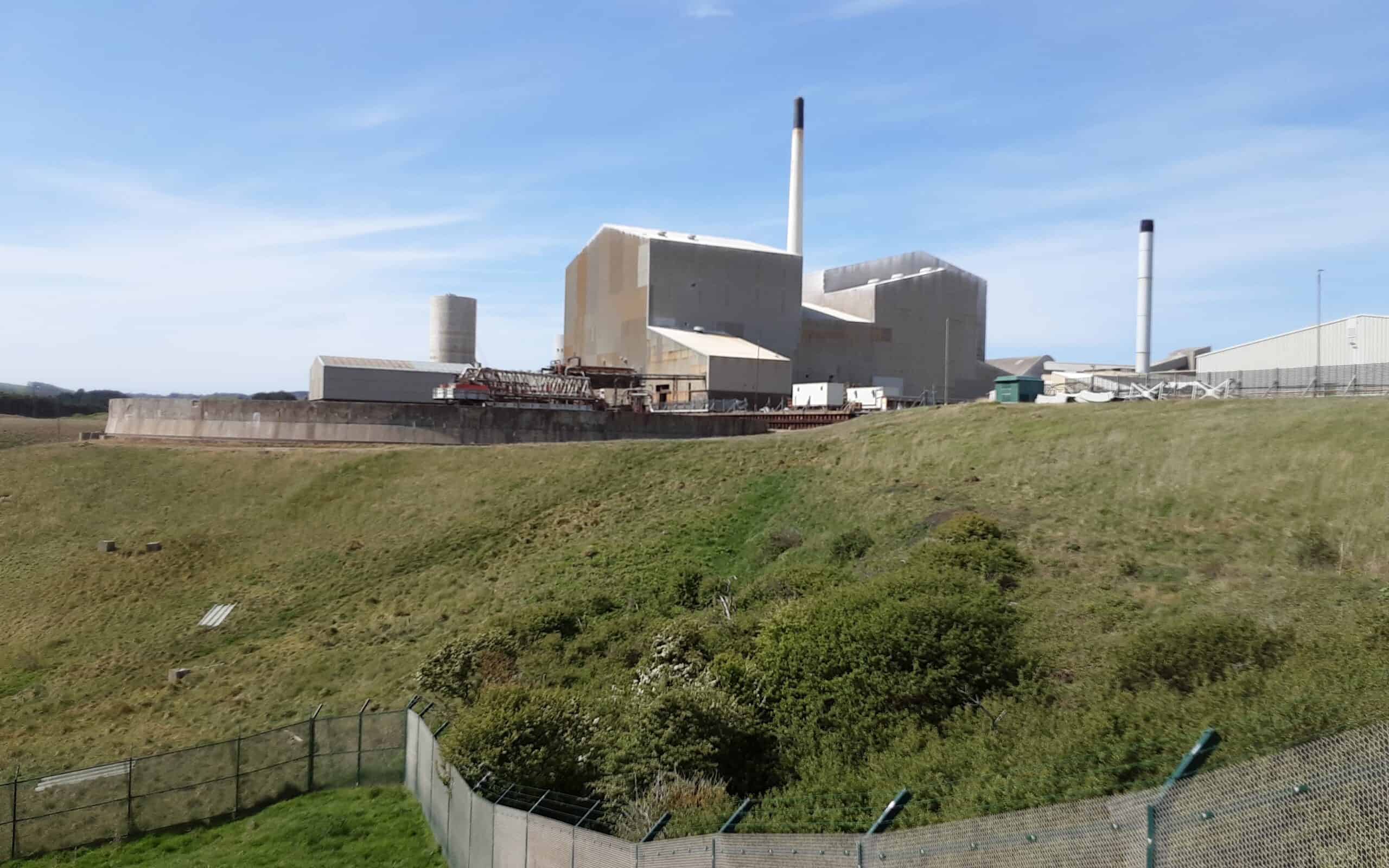
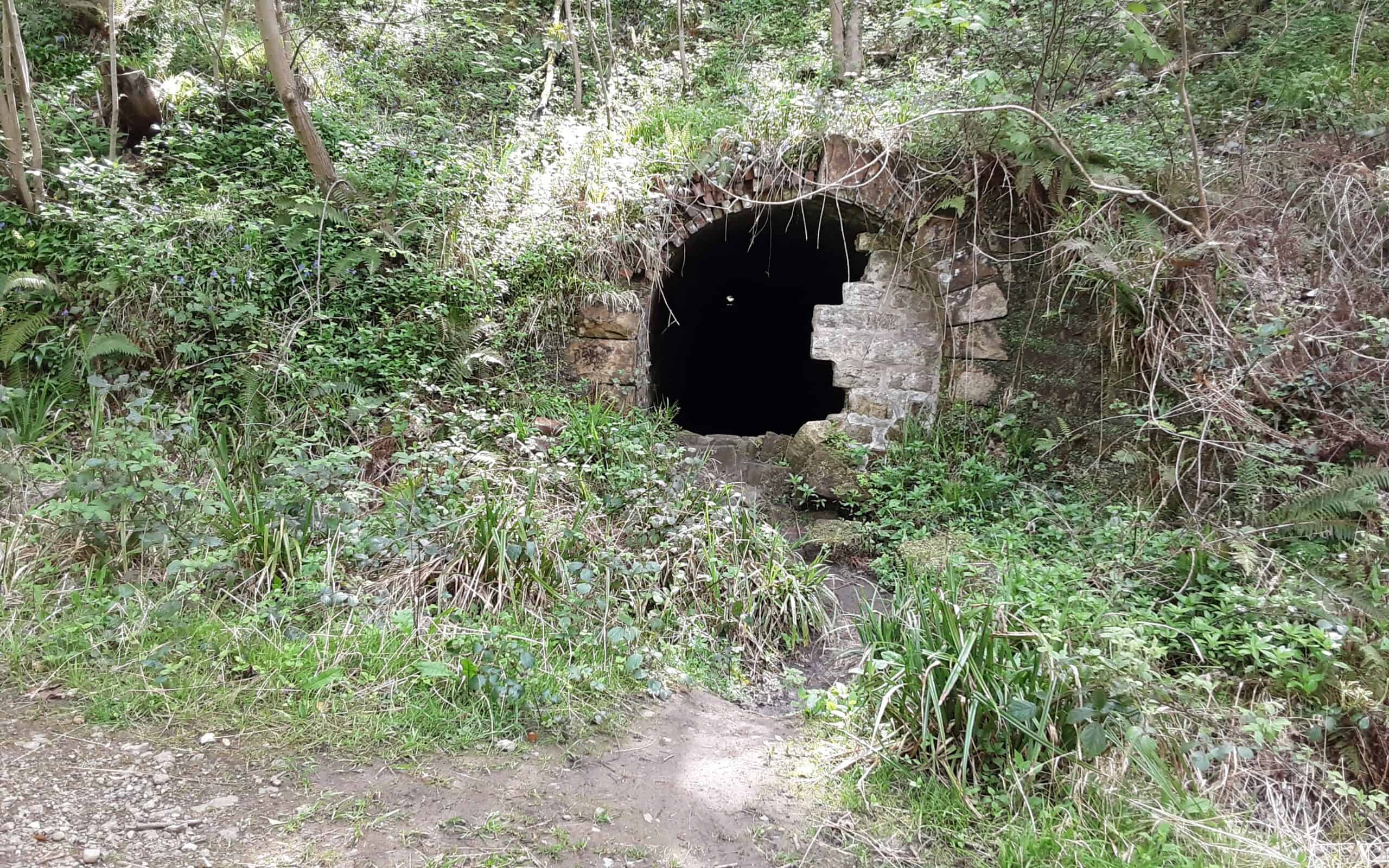
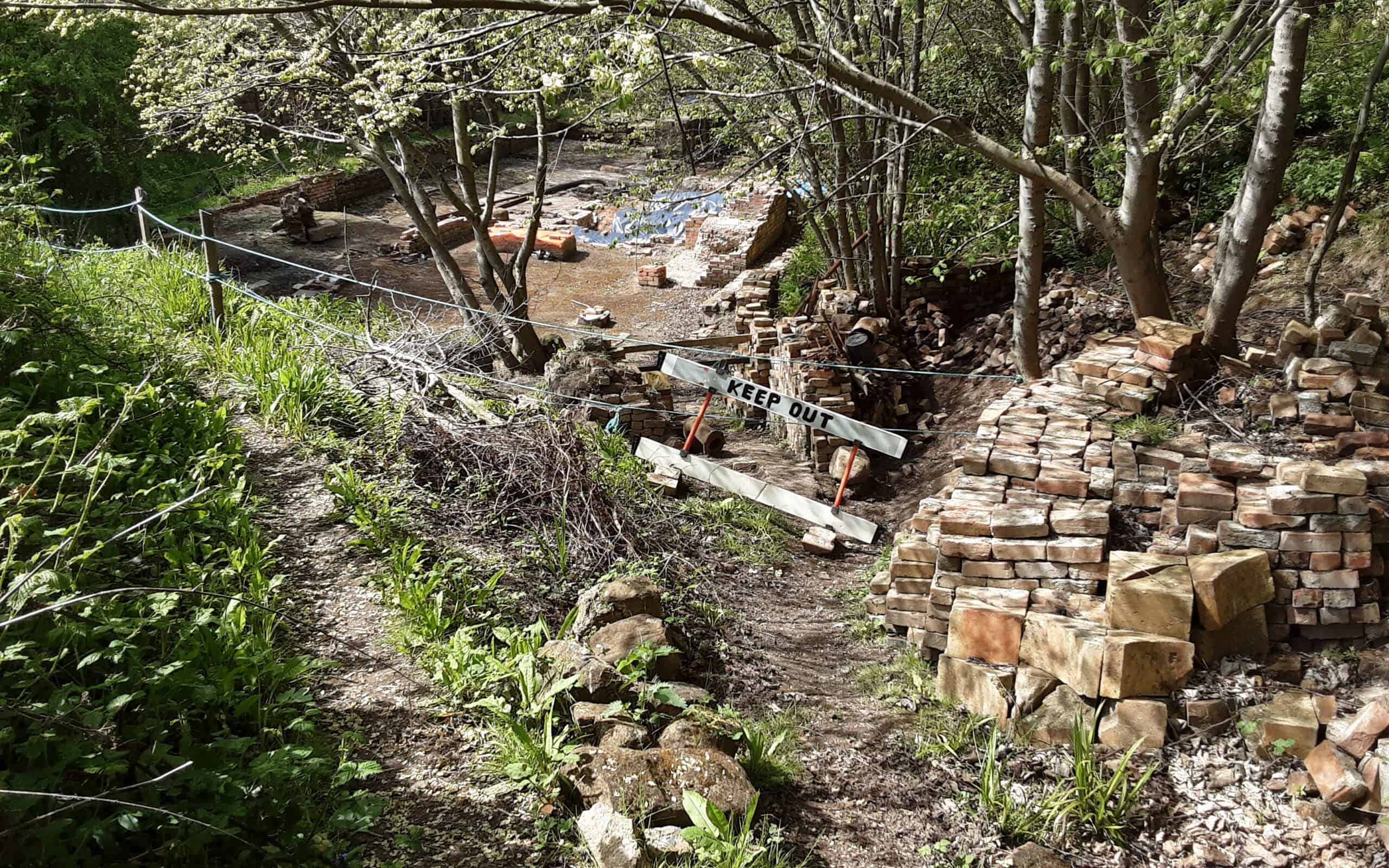
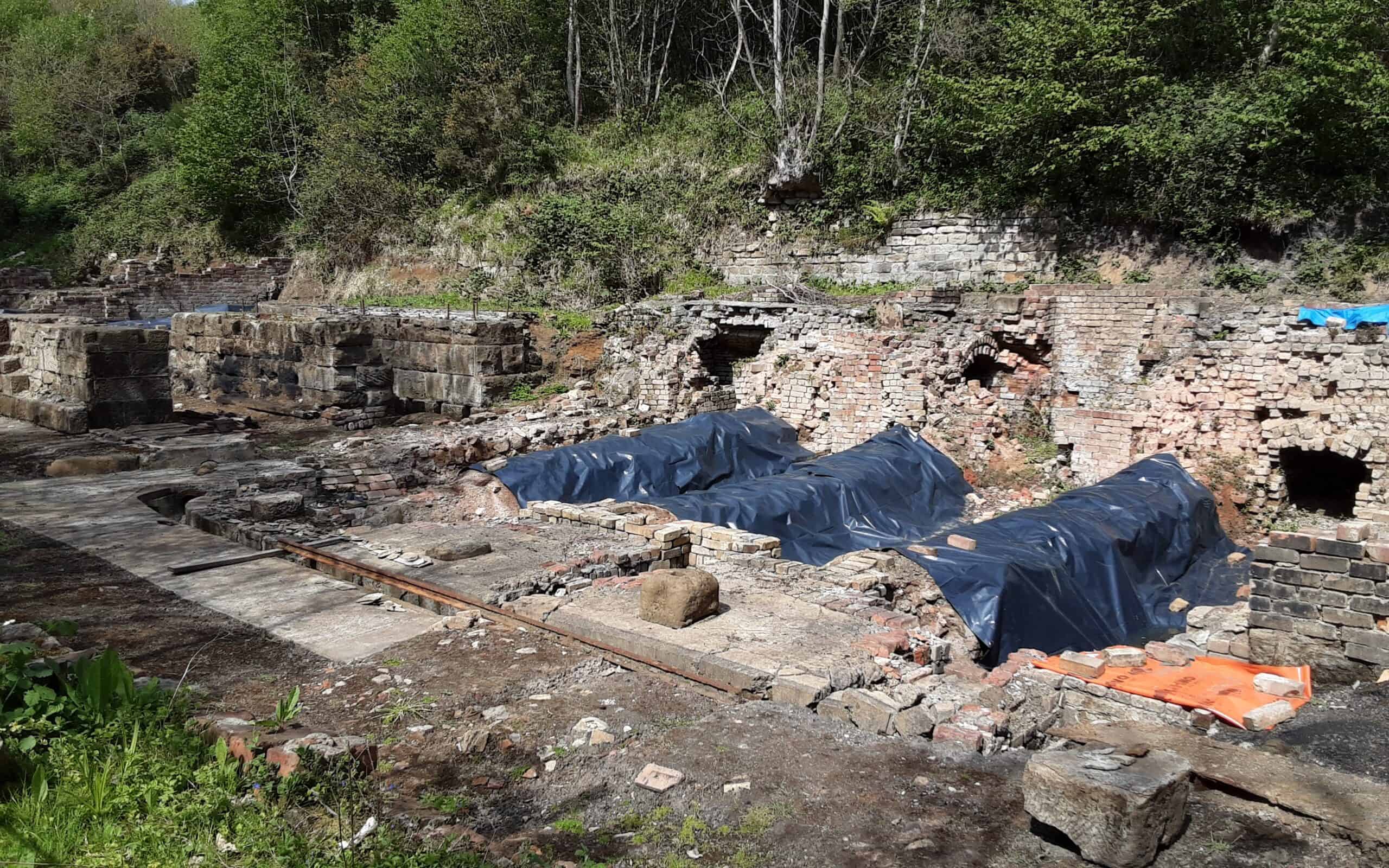
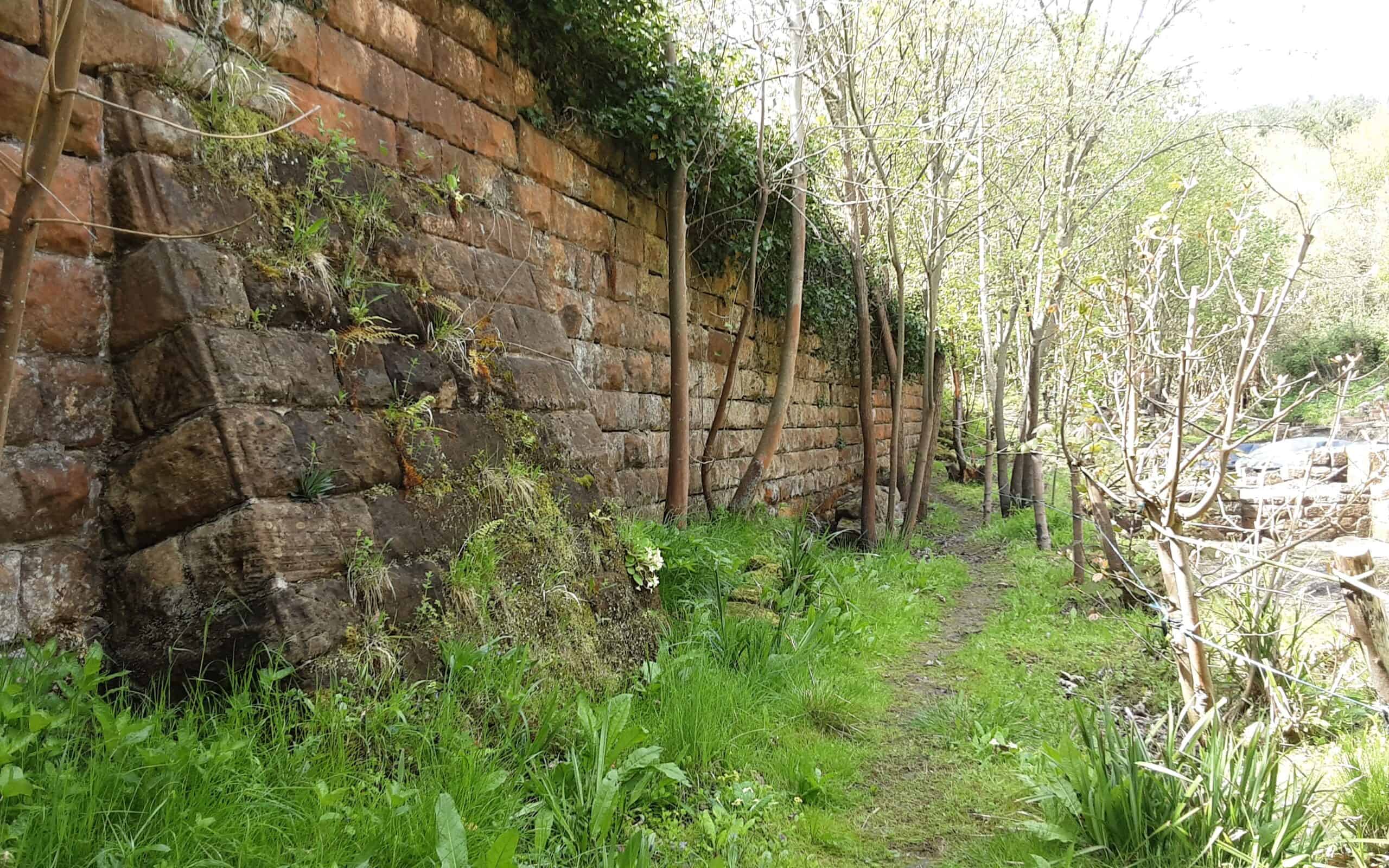
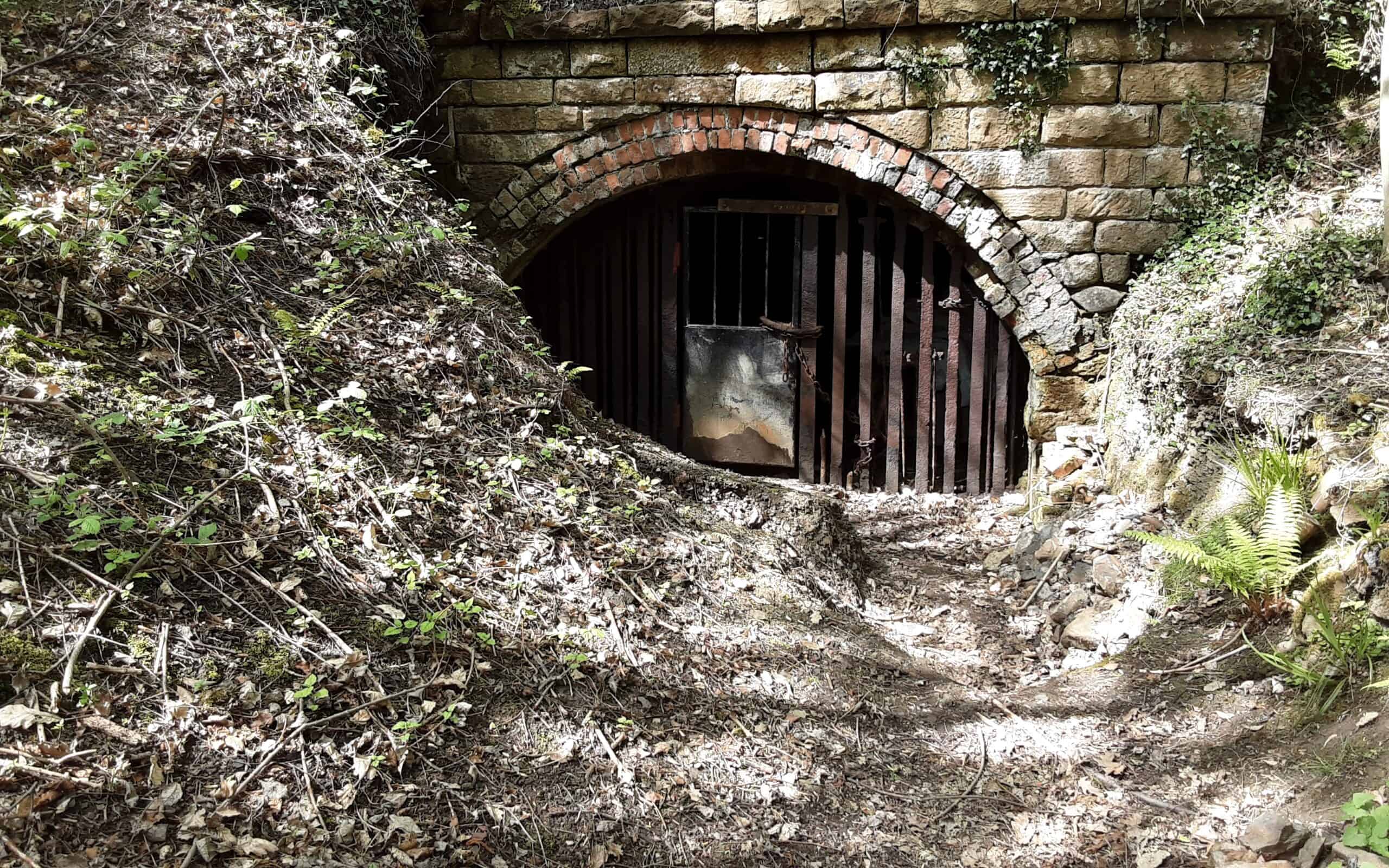
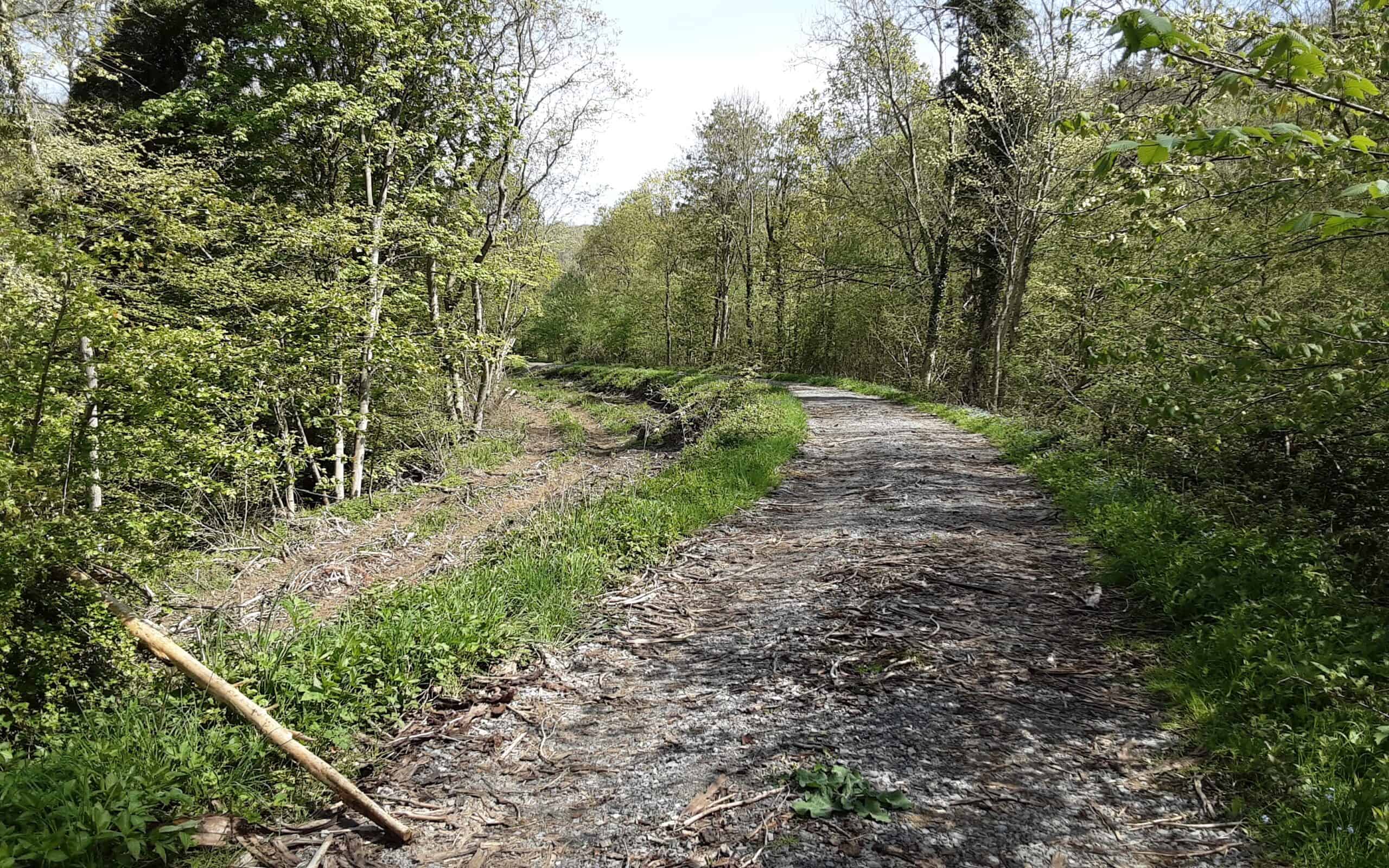
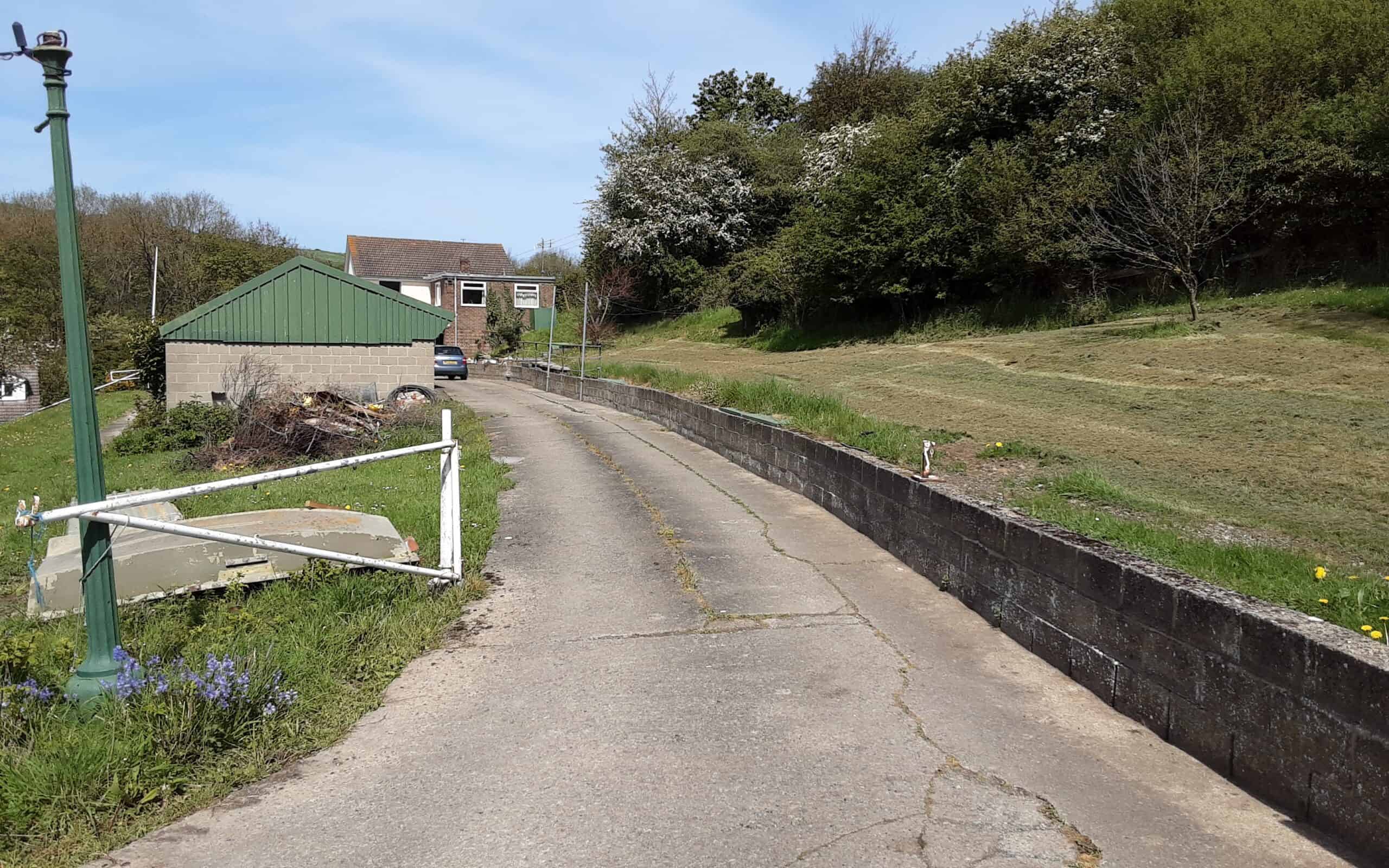
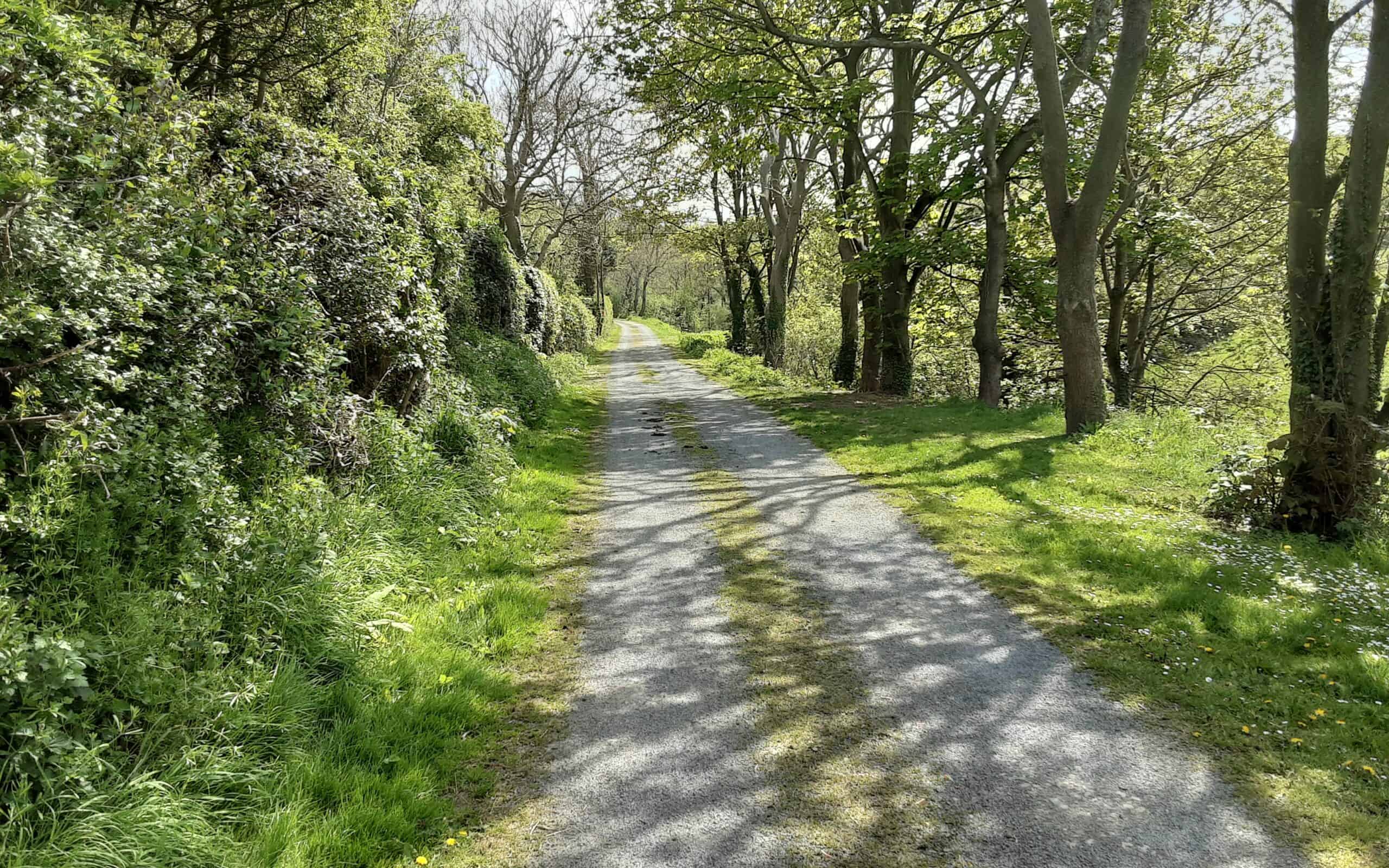
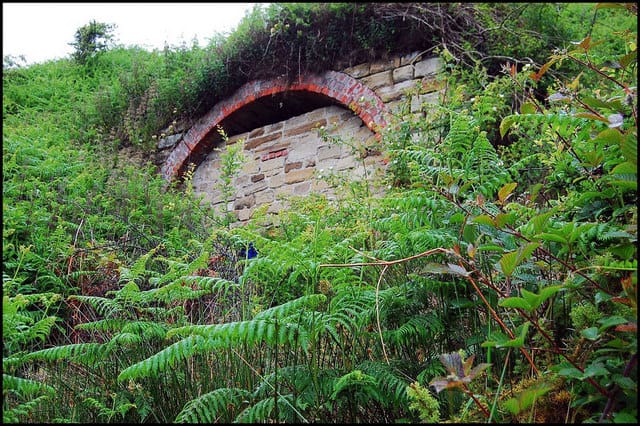
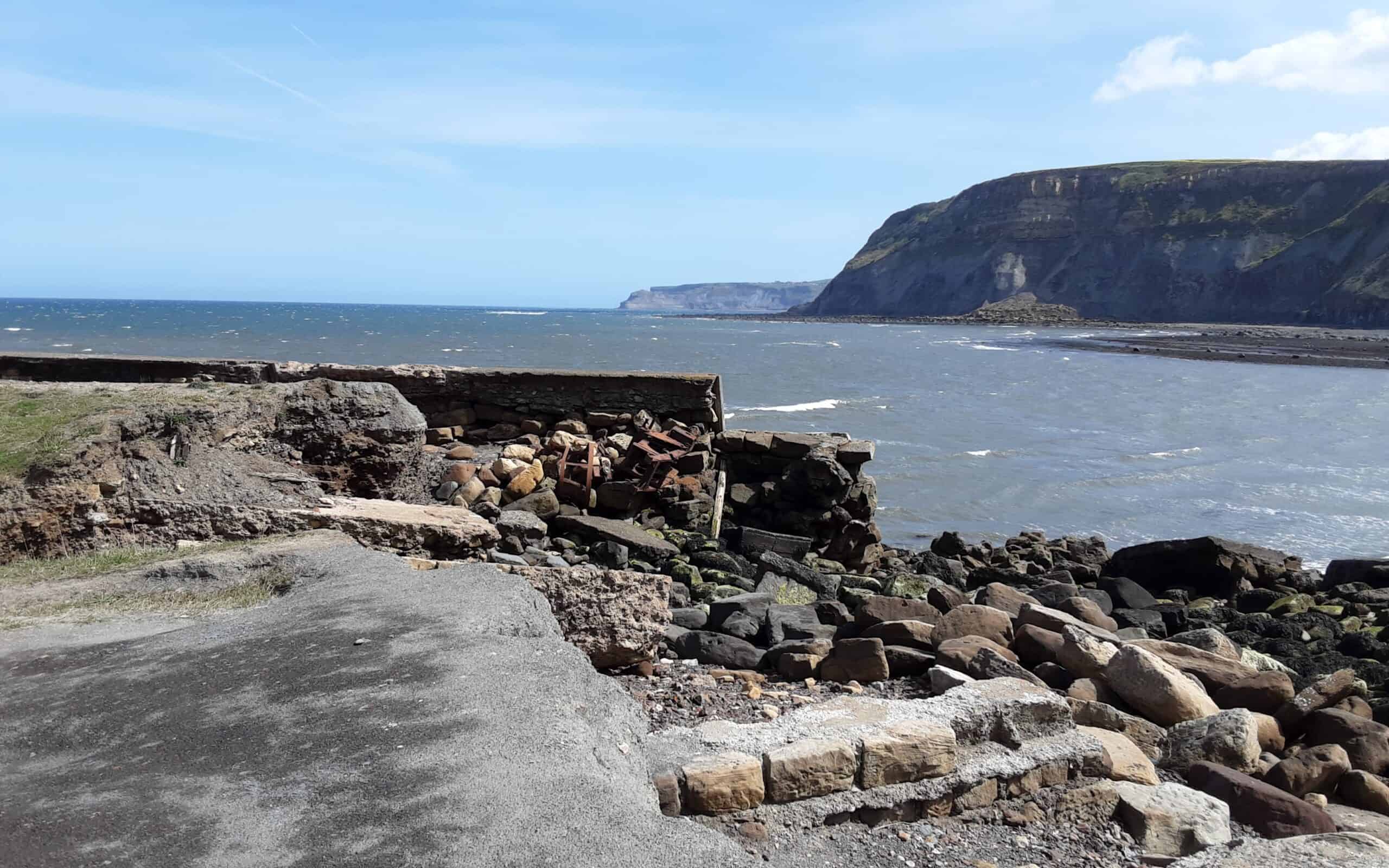
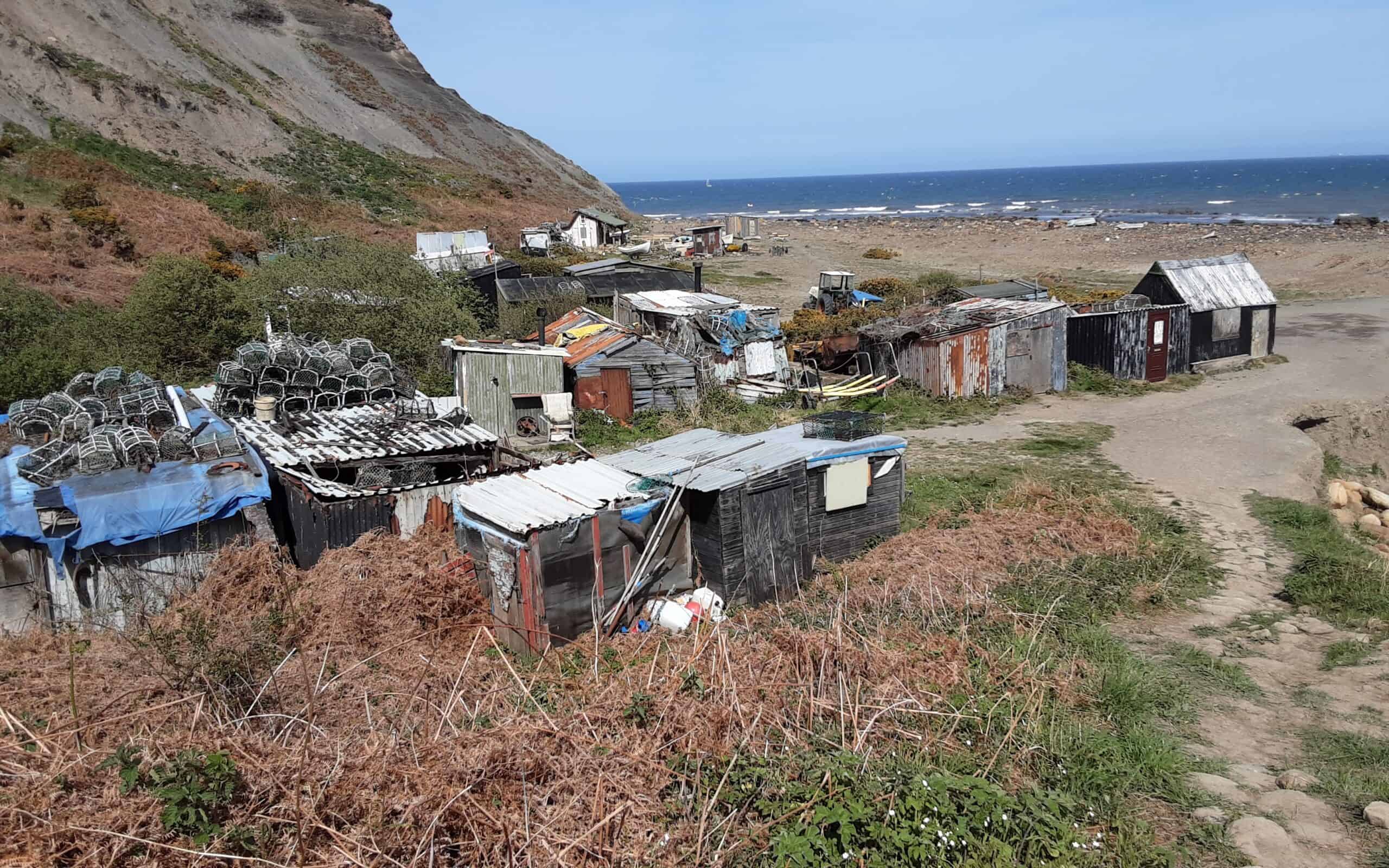

- Loftus to Whitby Railway – our walk covers Hinderwell to Whitby (x.x miles)
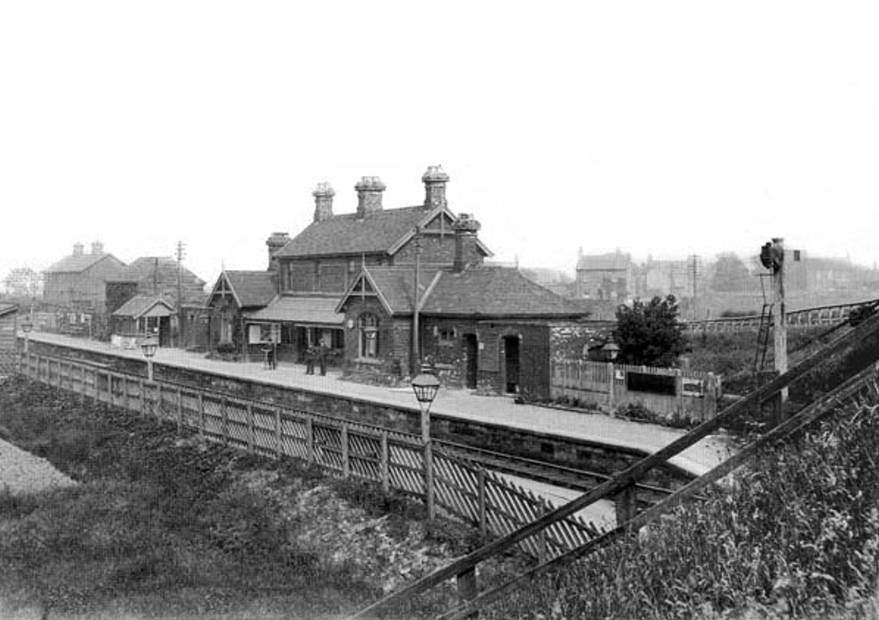
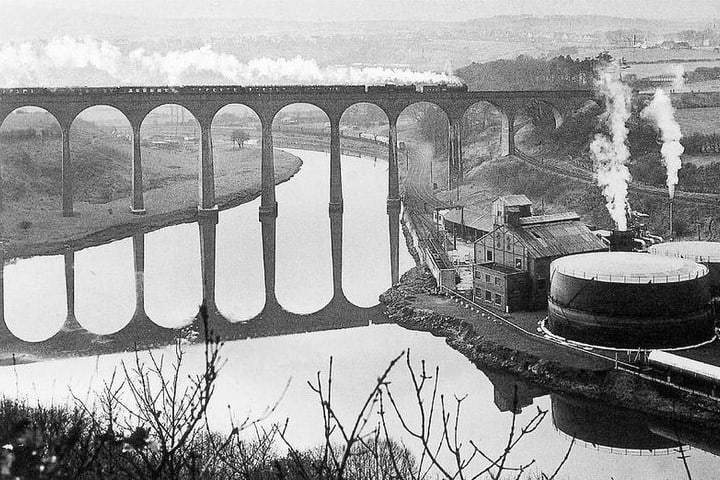
Whitby had already been connected to the national rail system via The Whitby and Pickering Railway since the 1830s.
The Whitby, Redcar & Middlesborough Union Railway was built between 1871 and 1886 and ran from Loftus to the River Esk at Whitby … connecting Middlesborough to Whitby along the coast.
For much of its journey, the line hugged the cliffs but had a troubled build, due to the proximity to the sea and the poor quality of the construction on many of its original bridges and viaducts. The line was closed to passengers in 1958, but the northern section to Boulby Potash Mine was re-opened in the 1970s. It was a single track throughout, however, all stations (bar Sandsend) had passing loops.
The disused line was kept in situ from Bog Hall Junction to Hawsker Station until 1973 due to failed hopes of sinking a new potash mine at Stainsacre.
Dwindling passengers ensued, after the war years, the route was only popular during summer weekends. The line’s costs began to exceed revenue, this particularly applied to the viaducts and tunnels from Kettleness to Sandsend. In 1960 work began to dismantle the line, viaducts were sold for scrap metal and concrete was used in the construction of sea defences.
 Our Walk … starts at HINDERWELL t
Our Walk … starts at HINDERWELL t
>>>>
Ellerby Lane (RB) R
From RUNSWICK BAY we are able to faithfully follow the original railway line, along a relatively new ‘permissive path’ to KETTLENESS … a superb and easy stroll.
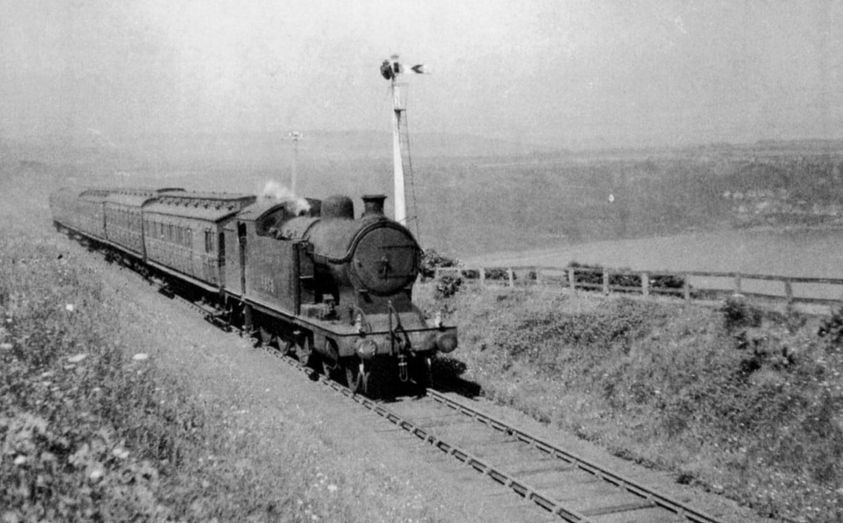
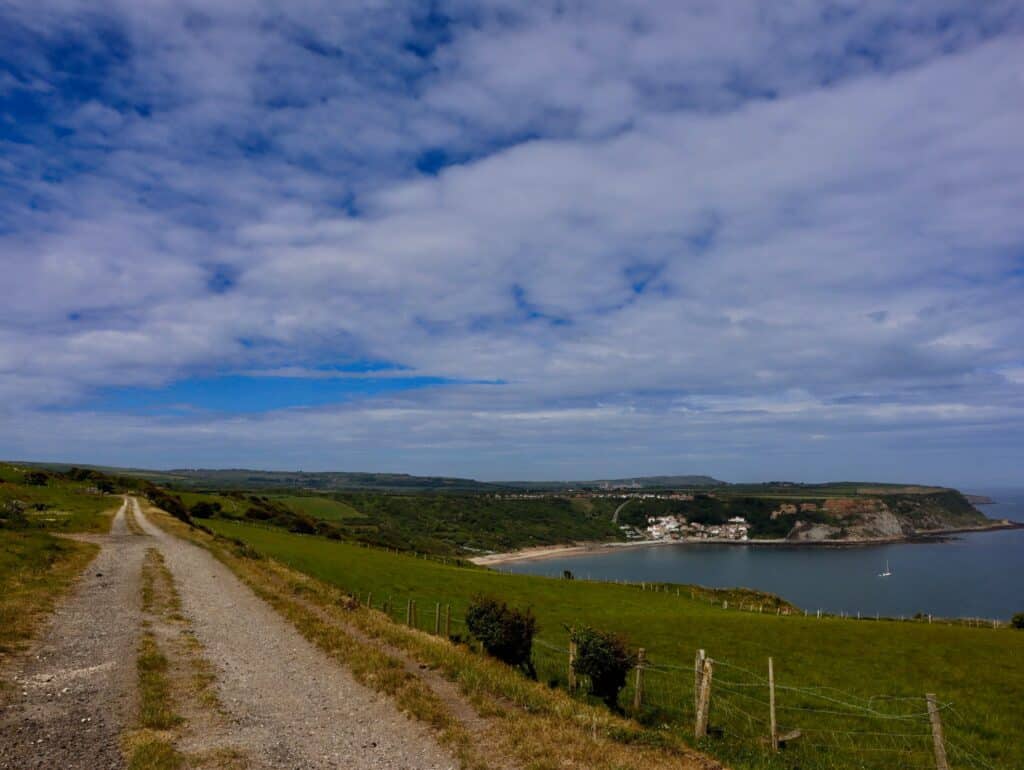
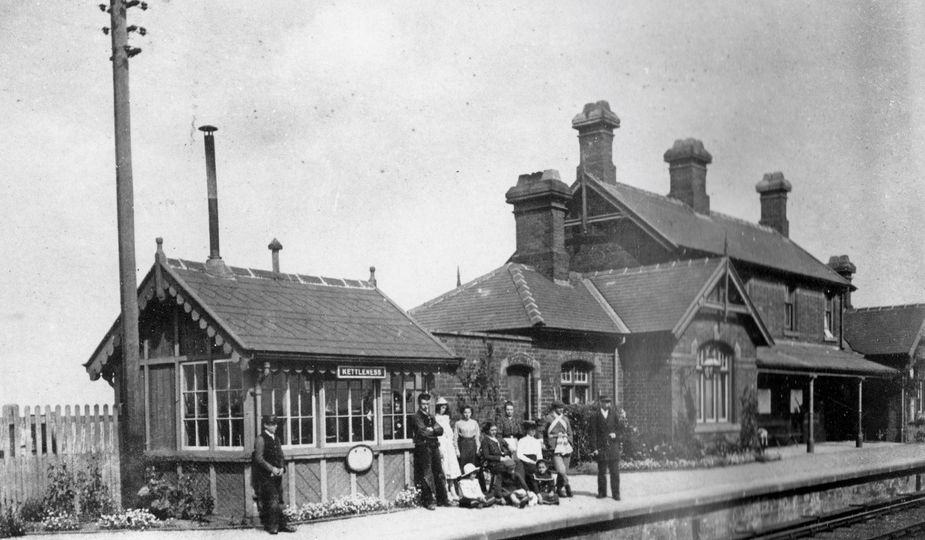
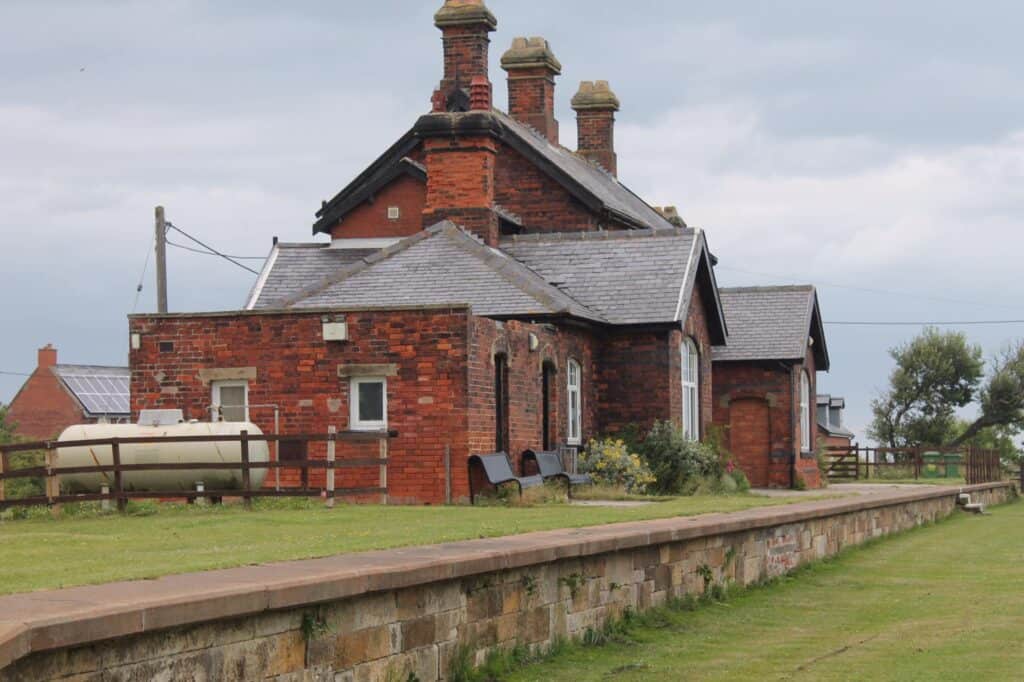
>>>>
The next walking section is a real clifftop treat, covering the area between Kettleness and the old alum works at Sandsend. The railway was originally intended to also run along the cliffs, but financial problems and constant battles with the weather during construction resulted in abandonment … TWO TUNNELS were built instead.
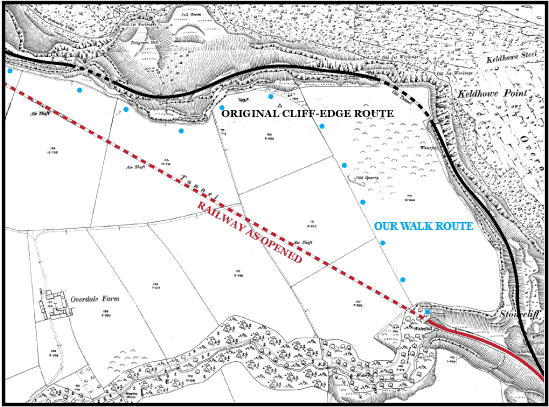
A short diversion off the Cleveland Way enables us a view of the the first tunnel, the secluded northern portal of KETTLENESS. It was the shorter of the two, at 308 yards, and curved inside … meaning that entering trains were soon plunged into darkness!
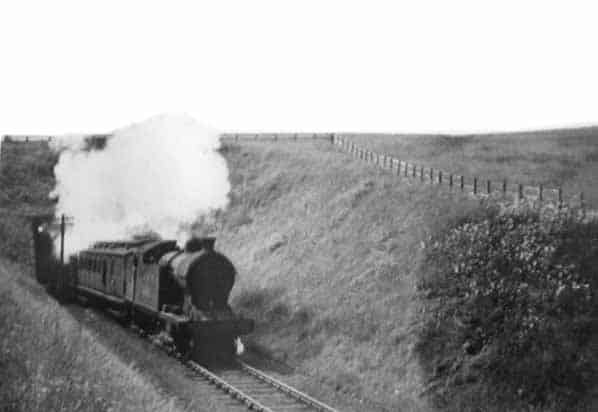
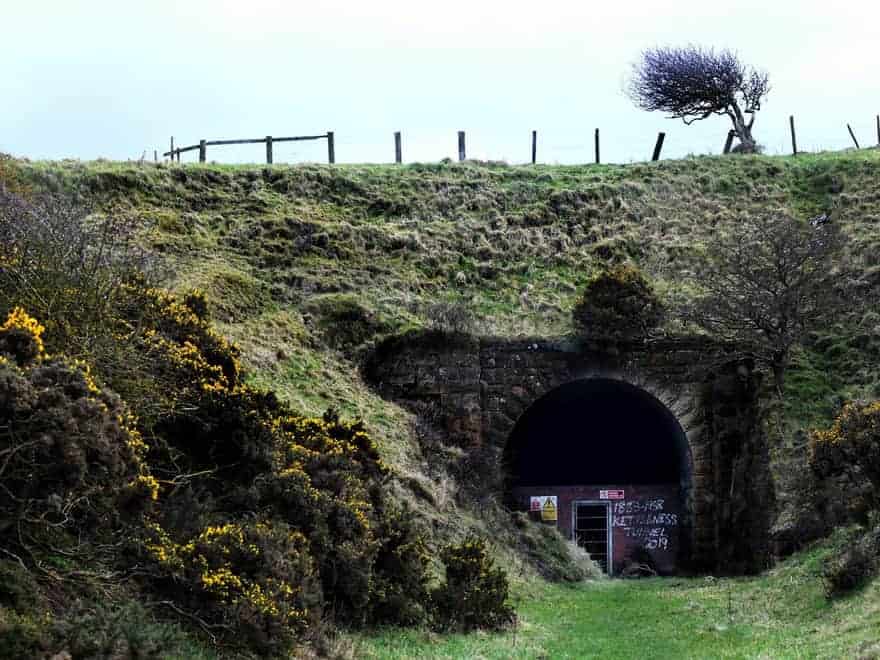
There is a little known gap between the two tunnels. Now overgrown with trees and grass, and out of view from our clifftop vantage point, the brief snapshot of daylight and the sea must have been a real thrill for passengers(?). The Sandsend northern portal collapsed in 2008 after years of pressure from the cliffs above.
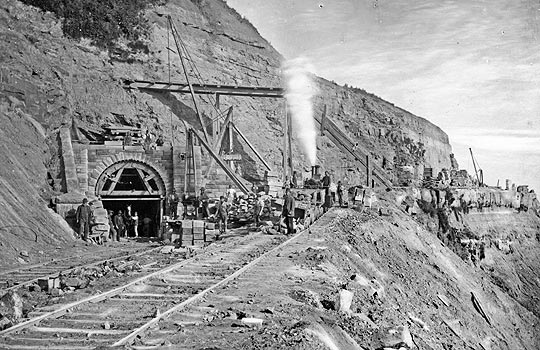
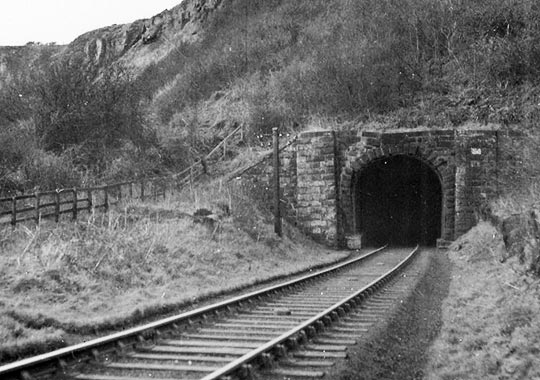
AWAITING DRONE VIDEO OF CURRENT STATE OF GAP
The second tunnel … SANDSEND .. is the longer of the two at 1,652 yards. There were originally two air shafts, but three more were added later, following complaints by rail crew of soot and steam! They were all capped in 1958 and now sit hidden in the fields that we pass by. In addition, there were two service galleries (addits) leading off horizontally to the cliff face. They were used to dump the spoil while carving out the tunnel. The southern portal is still clearly view and on our route. It is now considerably flooded and the entrance is bricked-up.
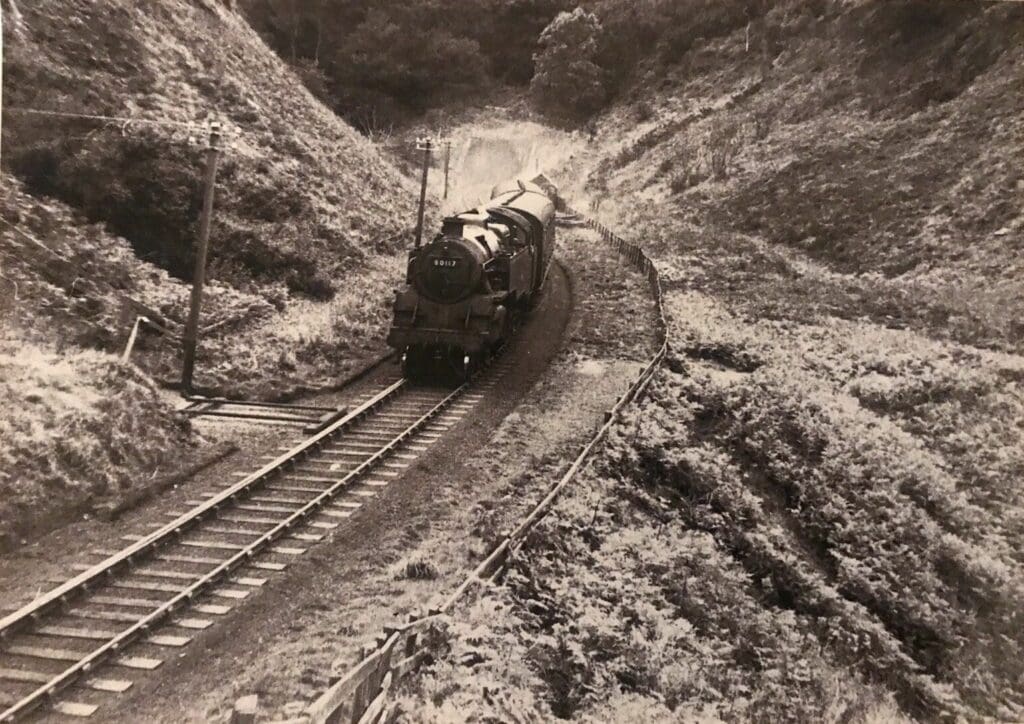
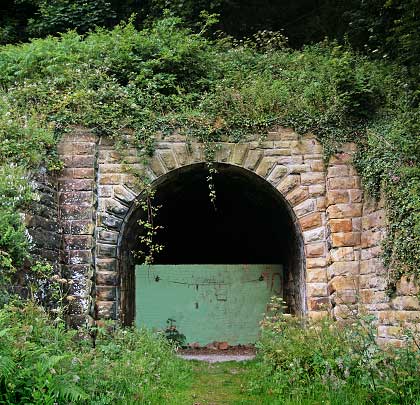
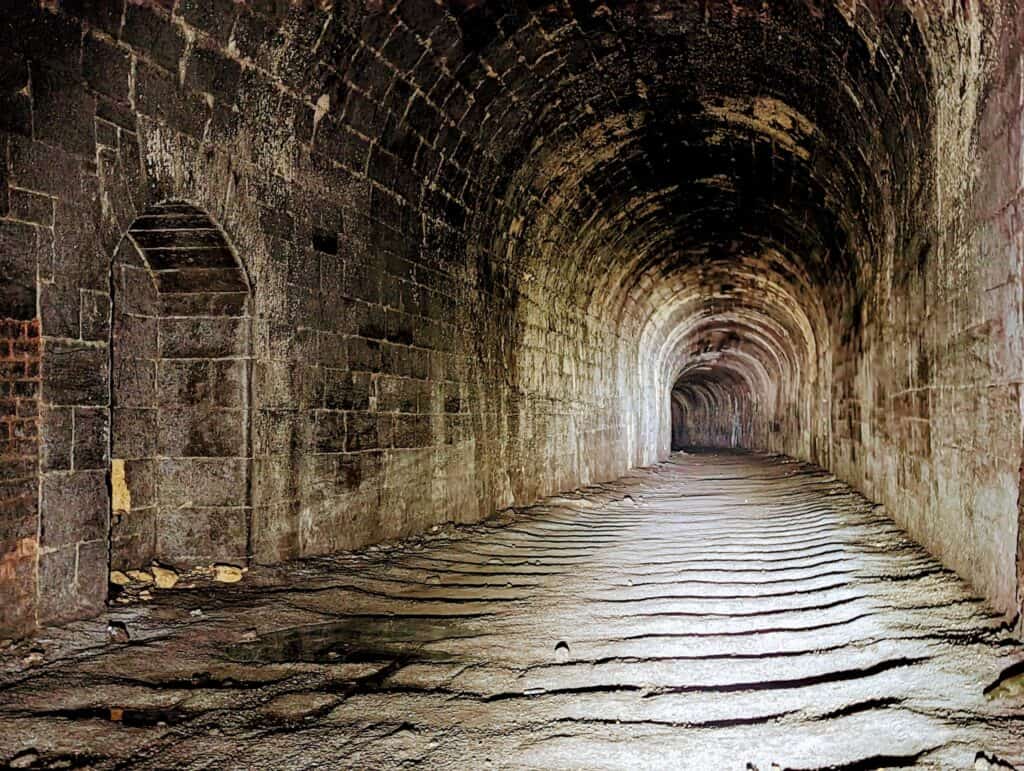
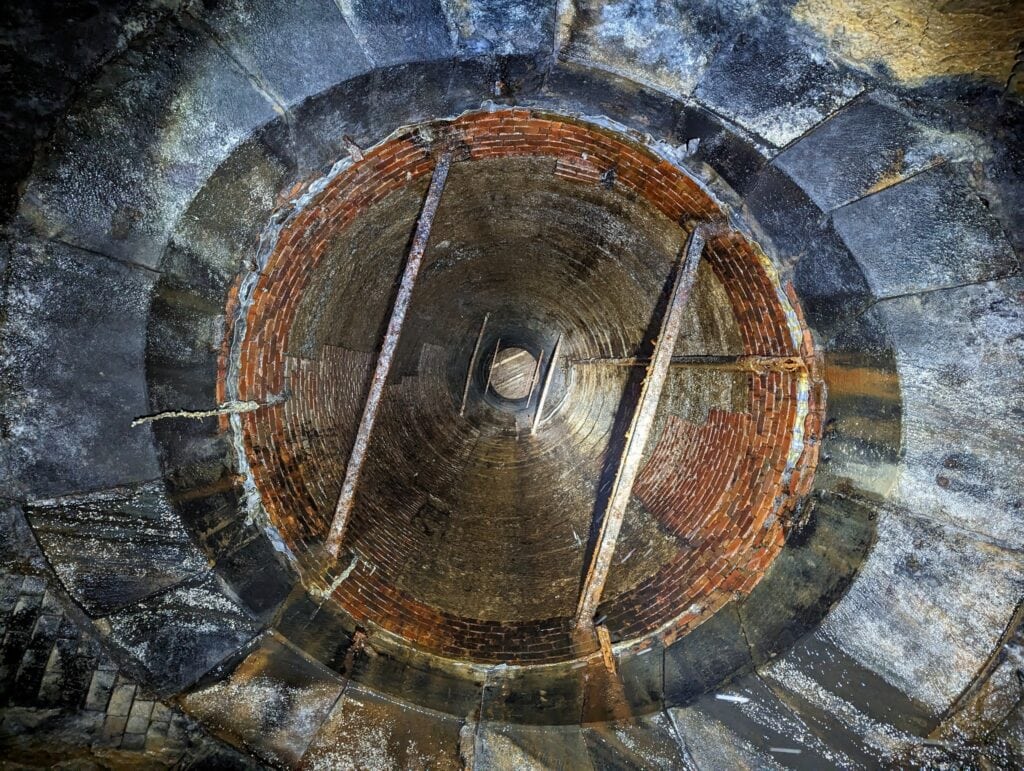
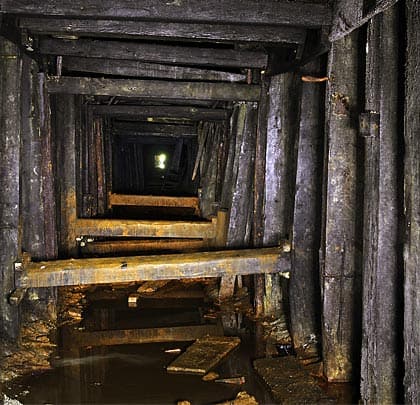
>>>>
Alum Works and viaducts Sandsend
deepgrove alum quarry closed before the railway line was built and therfore open down to the sea, rail embankment built later /
AWAITING DRONE VIDEO OF ALUM WORKS
>>>>
SANDSEND, in relation to the railway, was dominated by two huge bridges. The village’s two becks were spanned by tubular steel viaducts … Lythe Bank was 268 ft long, 63ft high and eight-span. East Row was 528ft long, 30ft high and eight-span. The walk along the promenade is straight-forward. The line ran behind and above the sea-front buildings … no access is possible. The present day doctors’ surgery was a goods station!
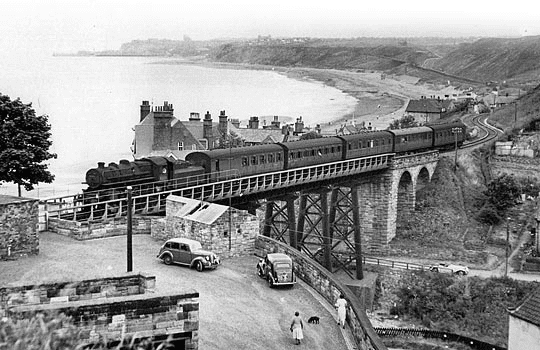
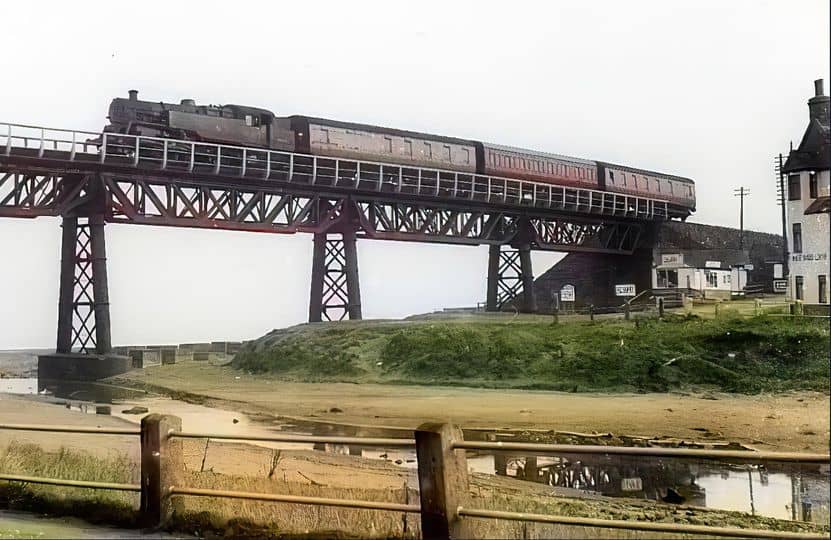
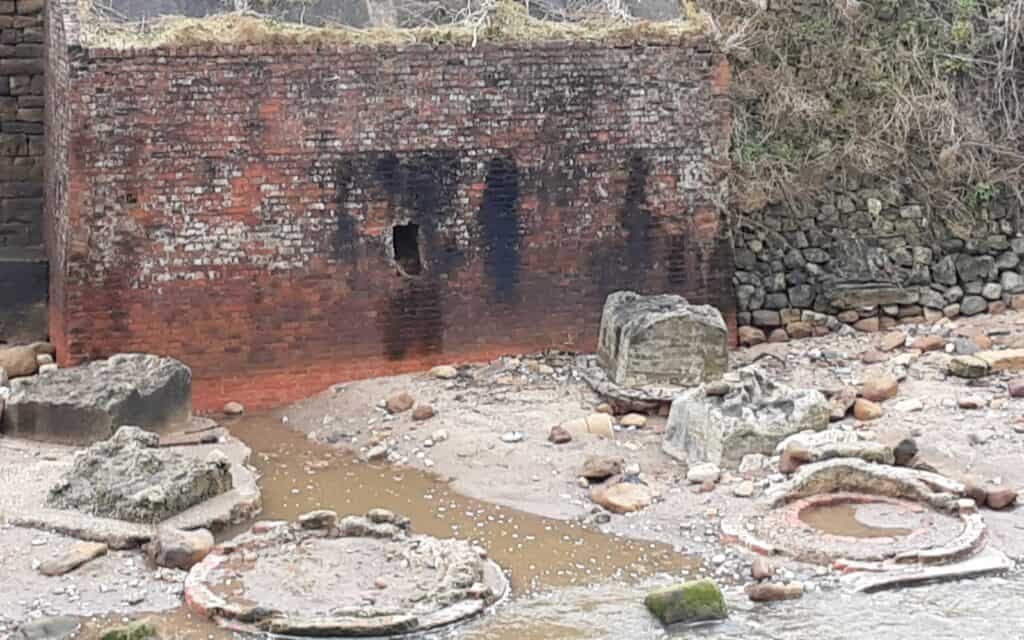
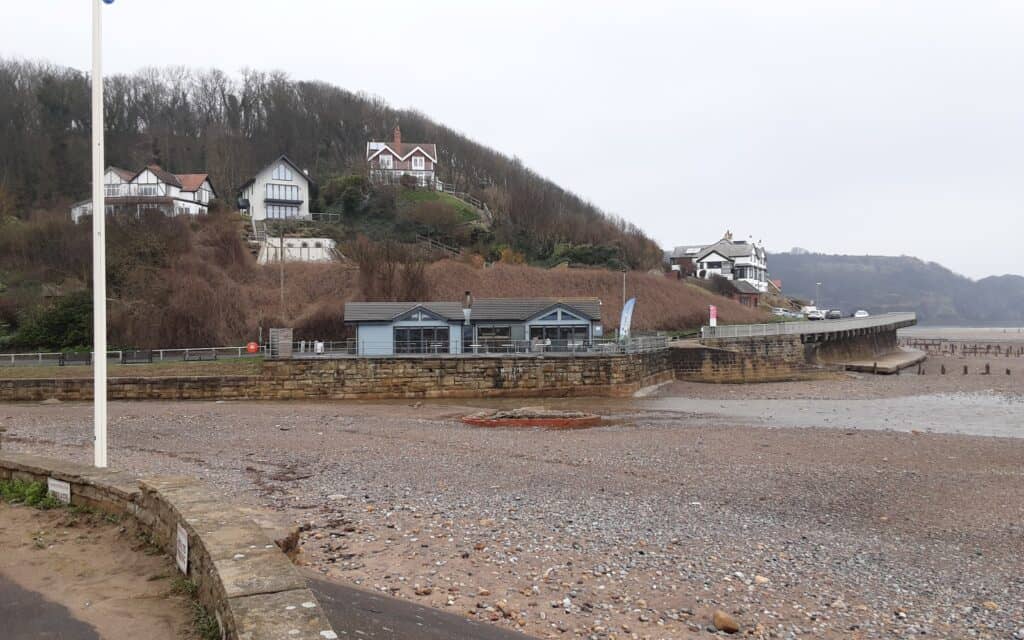
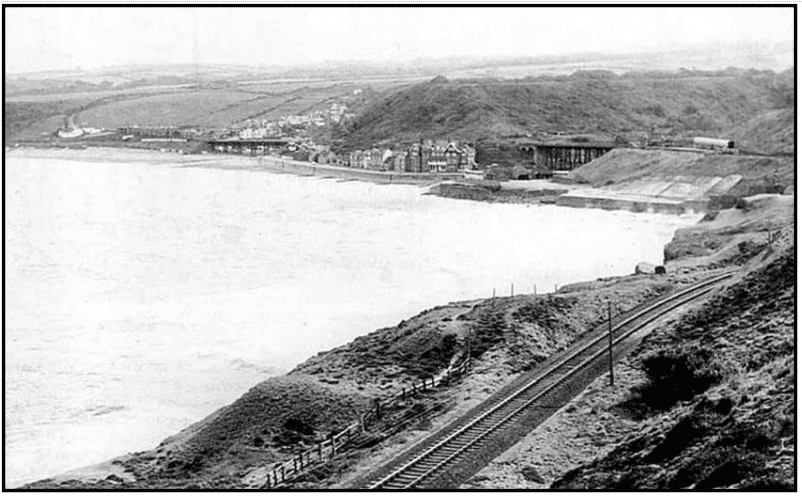
>>>>
The gentle climb out of Sandsend is along the footway. The road initially runs adjacent to the old railway line, before veering inland. At Raithwaite a short diversion is possible to get surprisingly close to what was Newholm Viaduct. The line now cuts through a golf links and on private land, so a return to the footway it is! (there is some interesting evidence on the club’s ‘overflow’ car park, but permission is required to access).
A temporary rest bite from the traffic, comes courtesy of The Cleveland Way as we literally descend to sea level.
Just as the ‘thread’ appears to be lost, there is suddenly an arrow of green splendour clearly the old track-bed, somehow lost in time, before our route gets swallowed up in housing sprawl. A zig-zag of intrigue takes us back into the town centre, but not before getting a magnificent close up of West Cliff Station.
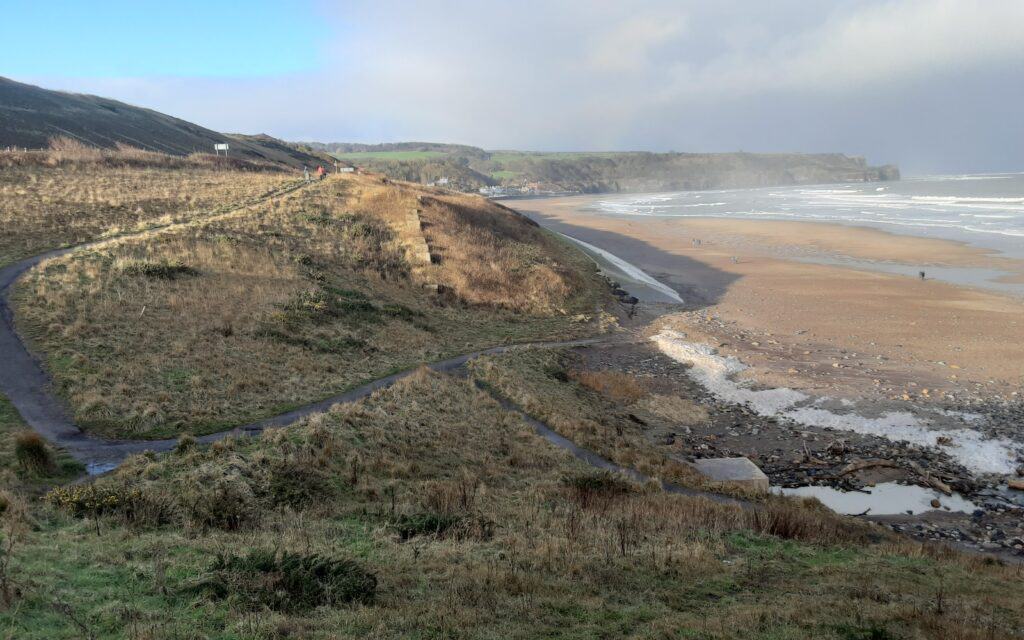
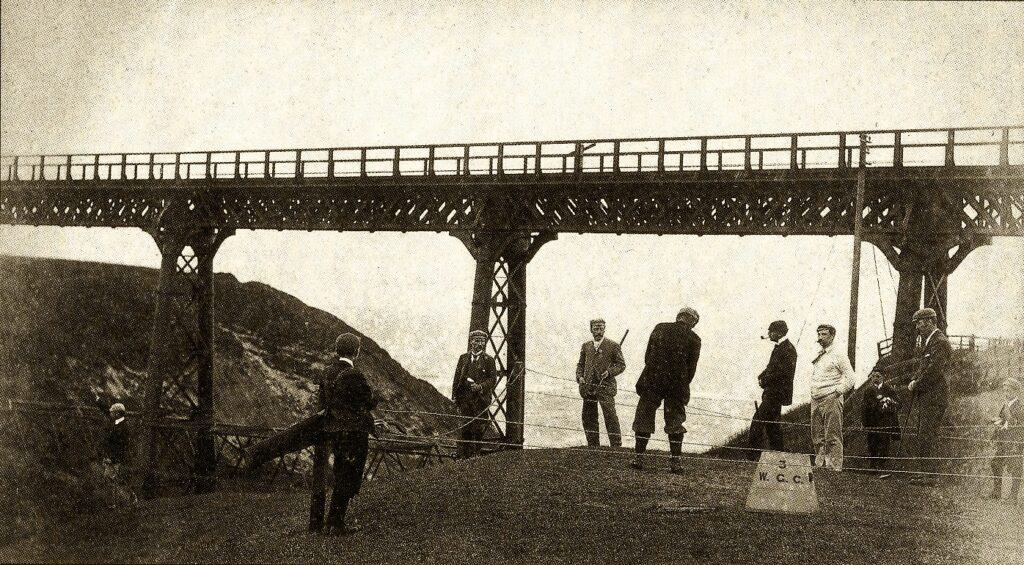
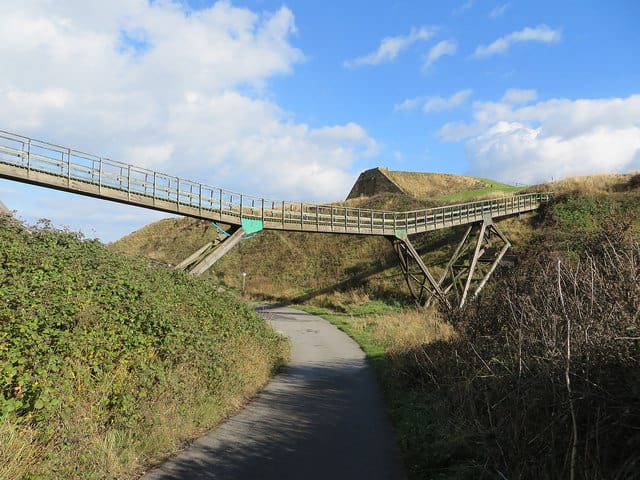
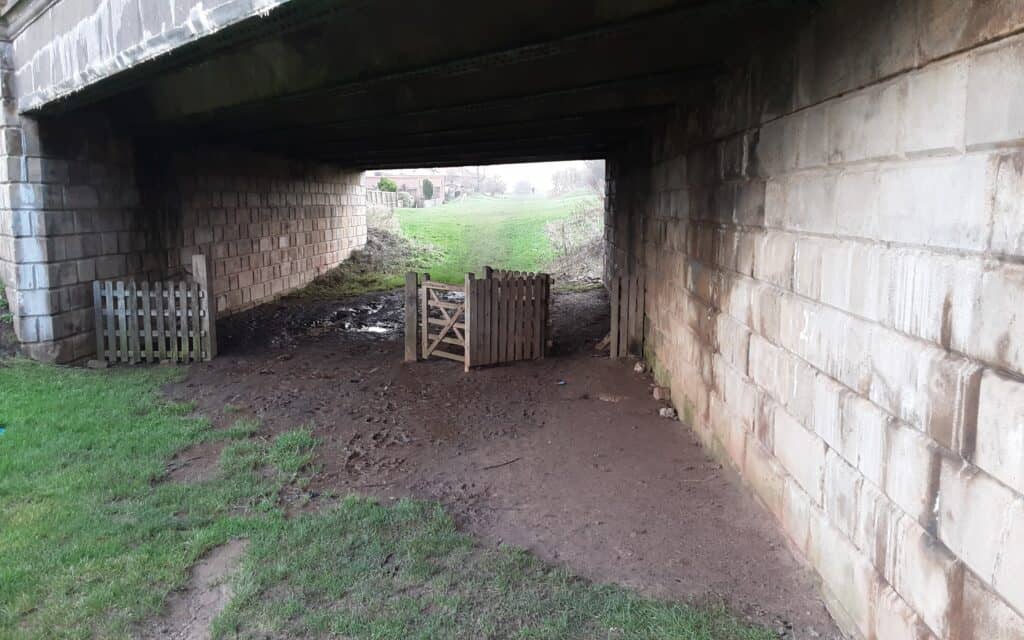

>>>>
The finale takes in the beginning of the Cinder Track at Stakesby Vale and heads in the direction of Scarborough. Our line soon diverts off to the right (Prospect Hill Junction) to swing around in a semi-circle to go under Larpool Bridge and alongside the existing Esk Valley Line. It is possible to trace the course, but DO NOT proceed beyond Larpool Bridge … to avoid trespassing!
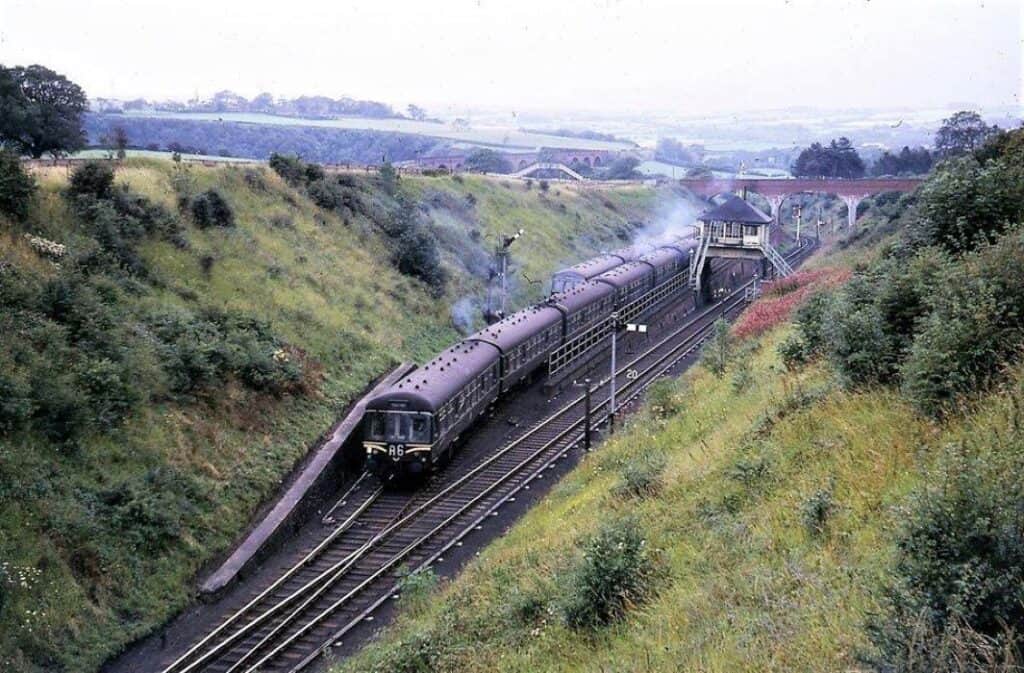
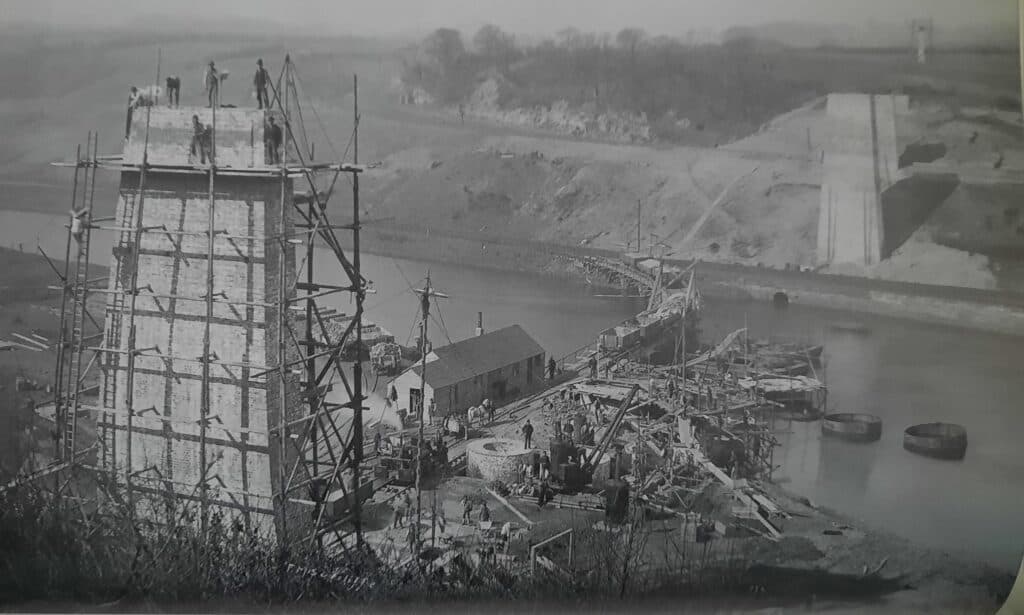
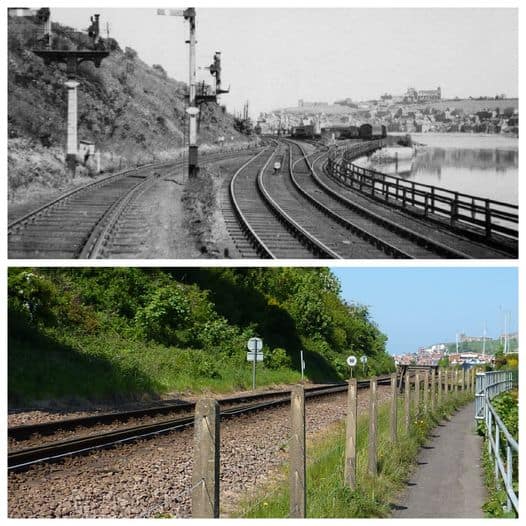
>>>>
ACKNOWLEDGEMENT: Dave Kirk
